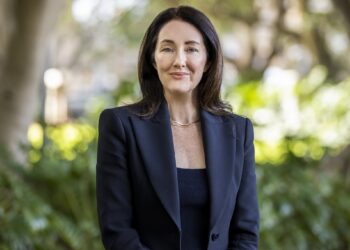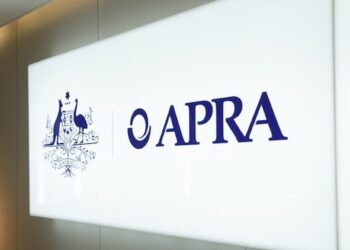Superannuation fund members are receiving an estimated $2.4 billion in savings per year thanks to SuperStream, according to the Australian Taxation Office (ATO).
The ATO’s report on SuperStream said since its rollout five years ago 95 per cent of super payments were now digital. It said this resulted in faster rollover of members’ monies from fund to fund and a great consolidation of accounts.
The report also found that one million businesses had been involved in the rollout, including over 800,000 employers, over 200 Australian Prudential Regulation Authority (APRA) funds, and approximately 350,000 self-managed super funds (SMSFs).
The ATO’s deputy commissioner, James O’Halloran, said: “SuperStream has fundamentally moved the previously manual process between funds and fund members to standardised electronic processing, across industry, with inbuilt security and efficiency savings for fund members”.
“SuperStream now provides a modern platform for further efficiencies in the superannuation industry and the sharing of services from the ATO,” he said.
“There are estimated savings of $2.4 billion per year for fund members, with an estimated $800 million in realised efficiencies for employers and Australian Prudential Regulation Authority funds.”
The report said SuperStream’s simplified process had reduced the average time employers spent on processing super contributions by 70 per cent.




